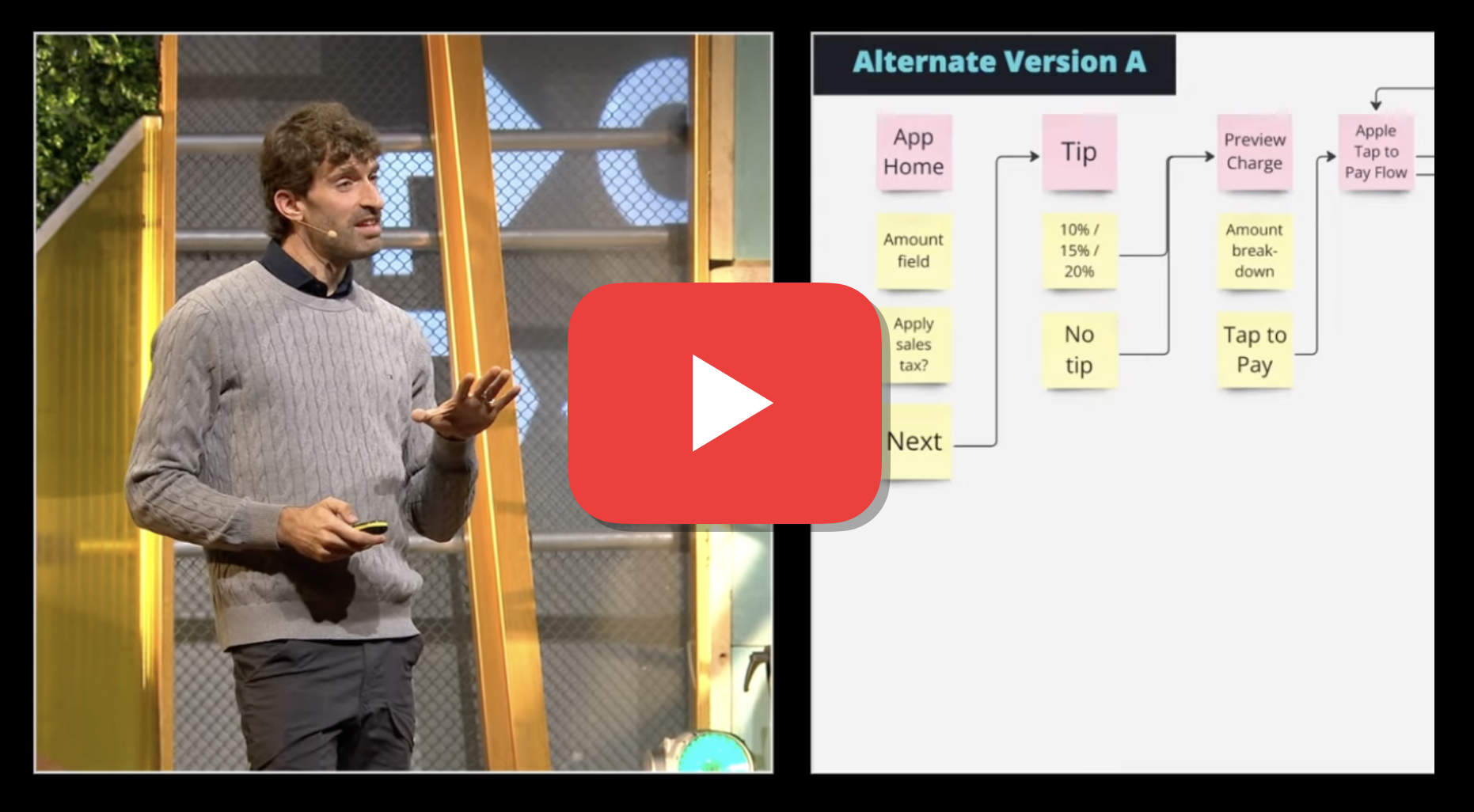Shaping in Real Life
Intensive Video Course + Live Sessions
with Ryan Singer
Cohort 8 will take place in Q2, 2025
Sign up below to get notified when we announce the dates.
"Why are we moving so slowly?"
"Why aren't we shipping to our potential?"
Shaping in Real Life is for product leaders who think Shape Up can help them move faster, but aren't sure how to apply it in their context. Basecamp, the company where Shape Up was born, is structured very differently from most real-world companies. So trying to do it "by the book" can lead to challenges.
The key to shipping better with Shape Up is to treat it as a toolbox instead of a process. You don't need to repeat a rigid series of steps. Or work in six week cycles. Or pair one designer with every engineer the way Basecamp does. In fact, most teams who have successfully adopted it will tell you "we don't do Shape Up exactly..."
What works for most teams is learning the specific tools, techniques, and common language that they can put into place with their existing people and process.
That's what Shaping in Real Life teaches. You'll learn how to identify the time bombs and misunderstandings that blow up as extra scope and longer timelines. You'll get guidance on who to involve in shaping, what "good" looks like, and how to work together in shaping sessions instead of just talking.

Check out this-15 minute play-by-play case study to see what can happen in a shaping session.
In the years since Shape Up came out, Ryan has helped a wide variety of teams that are organized differently than Basecamp. A big part of the course is learning where you can be flexible and "break the rules." You'll get answers straight from the source on how to handle appetites, time boxes, roles, and dependencies in your situation.
The course is a little over two weeks long. The format is a mixture of dense short videos, live sessions, and coaching with Ryan. We offer the course once a quarter, with small cohorts of 20 people. This ensures everyone gets the attention they need to make progress.
How the course works
- We offer the course in small cohorts of ~20 people, 3-4 times a year.
- 11 intensive video lessons, under 20 minutes each, released one-per-day.
- The lessons include examples from eight real projects from real life teams. Each lesson is followed by "Make it Real" questions that connect what you learned to what's going on with your team.
- Coaching from Ryan on how to breadboard and frame real projects from your work
- Shaping Workshop with Ryan over Zoom to prepare you to run shaping sessions with your team.
- Group Q&A session with Ryan over Zoom
- Tickets are $2,500 per seat.
—
(You can ask about a private cohort. We can organize a course for 5 to 20 members of your team with additional onboarding and support. Reach out to Ryan at rjs@feltpresence.com.)
—
Outline of the Course
Introduction
Foundational Lesson: Hills and Time Bombs
- Build the mental model you'll use to work on your product process
Module 1: Supply Side
Lesson 1: How to Evaluate Shaped Work
- Tracing delivery problems back to the shaping phase
- Understanding what builders need to succeed within time constraints
Lesson 2: Who Shapes
- Involving technical people to find viable options earlier
- Using interaction design as the bridge between design and tech
- How to stop producing design work that doesn't get built
- How the product role helps make trade-offs
Lesson 3: Shaping Sessions
- Setup and tools to run a shaping session
- Breadboarding technique, case study
- System Language technique, case study
- Parts and Paths technique to try alternate approaches at once, case study
Lesson 4: Spiking
- Answering unknowns in the shaping process that require digging deeper
- Spiking in different domains: high-fidelity design, code, security, legal
- How to make sure spikes come back with actionable information
Lesson 5: Packaging
- How to prepare the delivery team to work autonomously in the time box
- Recognizing issues with common kick-off practices
- Deciding how much design up-front to do based on schedule and availability
- Techniques to use scarce designer time more effectively
Lesson 6: Handoff
- Catch gaps in understanding between junior and senior engineers
- Ensure that what the team builds matches the original intent
- Learn a tool to "see what they see" when handing over work
- Diagnose shaping issues with the handoff tool
Shaping Workshop over Zoom
- Shaping sessions in breakout groups with coaching
- Q&A with Ryan about the material so far
Module 2: Demand Side
Lesson 7: Introduction to Framing
- Defining the problem to boil down the scope
- Building the case to align and agree on moving forward
Lesson 8: Examples of How to Frame
- Framing sessions
- Building the case with data
- Doing demand-side interviews to define the problem, case study
- Using the frame to test and validate ideas in shaping sessions
Lesson 9: Framing & Prioritization
- Using framing to give projects "staying power" in the face of challenges
- Managing the perception vs. reality of idea boards and road maps
- Planning multi-cycle projects
Tying it all Together
Lesson 10: Three Levels of Adoption
- Using the language and tools in your current process
- How to run a pilot project
- Decisions and options for designing your product process
- Final pointers
Q&A Session over Zoom
- Q&A with Ryan and next steps discussion
Questions? Reach out to Ryan at rjs@feltpresence.com.